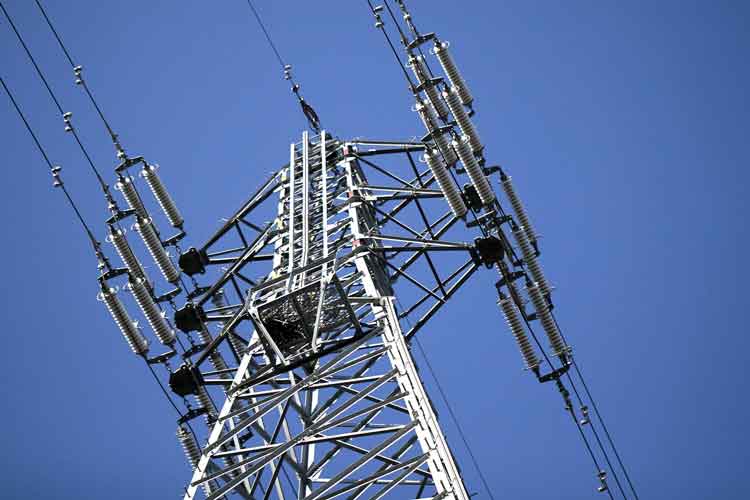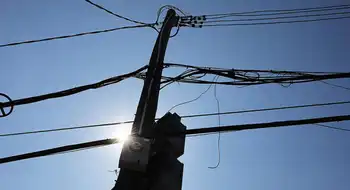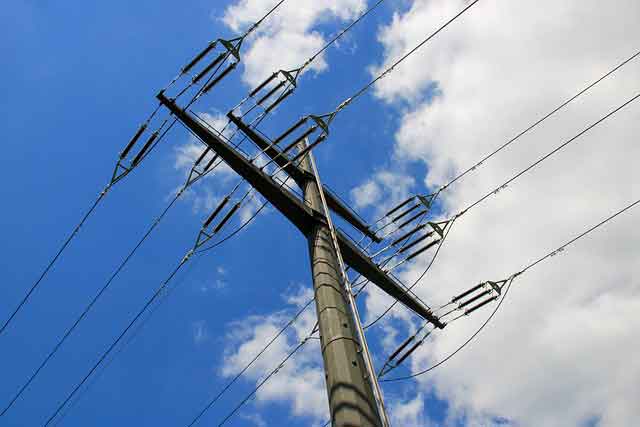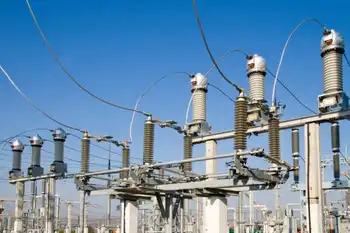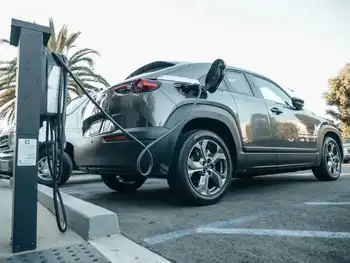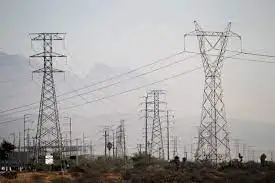Region faces energy quandary
By Missoulian
Arc Flash Training CSA Z462 - Electrical Safety Essentials
Our customized live online or in‑person group training can be delivered to your staff at your location.

- Live Online
- 6 hours Instructor-led
- Group Training Available
Now, they say that plan also could significantly mitigate the region's growing contribution of carbon dioxide into the global atmosphere. But, they warn, reaching proposed CO2 emission goals will not be easy, especially given current energy demand.
A new report from the Northwest Power and Conservation Council “highlights the challenges facing the region in trying to control CO2 emissions from the power system,” said council Chairman Tom Karier. “It will be a tremendous challenge just to keep CO2 emissions at current levels,” let alone reduce those emissions.
That challenge must be met head-on, though, as state and federal regulators increasingly eye controls on carbon dioxide, a greenhouse gas widely understood to be a major contributor to climate change.
According to the Sept. 13 council report, about 85 percent of the carbon dioxide produced by regional power generation comes from coal-fired plants, which supply about 14 percent of the region's power.
Some proposed policies would reduce CO2 emissions to 2005 - or even 1990 - levels, a move that would require replacing coal plants with cleaner alternatives.
But meeting those goals will prove difficult at best, Karier warned, due to the region's complex mix of energy sources.
That's why the council - a multistate agency charged with balancing the need for power against the needs of fish and wildlife - crafted a number of scenarios to see what obstacles might limit potential pollution gains.
For example, if the region's power producers actually met new state standards for renewable energy, and if they boosted hydropower generation by eliminating summer spill at federal dams, they still would not reduce carbon dioxide emissions to historical levels. Instead, they would simply cut in half the projected CO2 increase over the coming decades.
And achieving the council's own “aggressive” goals for conservation and wind power still means CO2 production would increase slightly, not decrease to previous levels.
Not implementing the council's plan, however, is not an option.
Should the region achieve only 70 percent of the conservation target, gas and coal would be called upon to make up the difference, resulting in an additional 6.3 million tons per year of carbon dioxide emissions. That, the report said, is equivalent to nearly 10 percent of the region's entire CO2 production.
It is, Karier said, an environmental balancing act. Courts have ordered summer spills at hydroelectric dams to assist threatened fish, but those spills mean less power generation as water bypasses turbines. Again, coal and gas must make up the difference, adding an estimated 1.8 million tons of CO2 per year, he said.
Some have proposed breaching dams to assist fisheries and aquatic systems, but the council report warns toppling just four dams on the Lower Snake River would result in an additional 5.4 million tons of CO2 per year, as thermal plants fire up to cover the hydroelectric losses.
The various scenarios, each viewed in light of potential greenhouse gas restrictions, are available for public comment through October 19.





